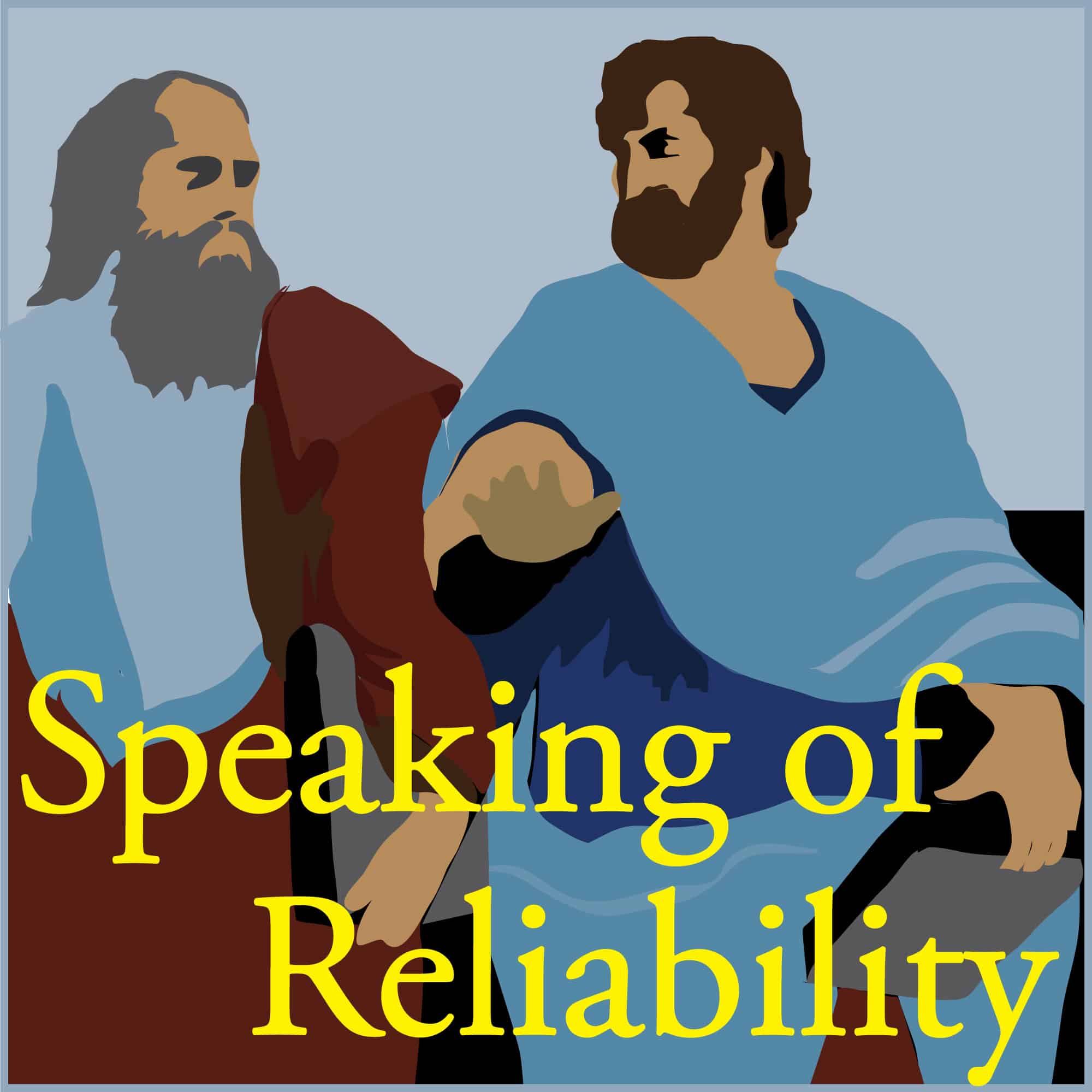

Speaking Of Reliability: Friends Discussing Reliability Engineering Topics | Warranty | Plant Maintenance
Reliability.FM: Accendo Reliability, focused on improving your reliability program and career
Gain the experience of your peers to accelerate improvement of your program and career. Improve your product development process, reliability or warranty performance; or your plant uptime or asset performance. Learn about reliability and maintenance engineering practical approaches, skills, and techniques. Join the conversation today.
Episodes
Mentioned books

Jan 15, 2024 • 0sec
SOR 931 FMEA Detection – Useful?
FMEA Detection – Useful? Abstract Carl and Fred discuss a reader question about assessing risk related to detection, as part of FMEA procedure, specifically its usefulness and application. Key Points Join Carl and Fred as they discuss FMEA detection in FMEA. Topics include: What is FMEA detection? How is FMEA detection assessed in FMEA? What […]

Jan 12, 2024 • 0sec
SOR 930 Reliability Goals and Requirements
Reliability Goals and Requirements Abstract Carl and Fred discuss the importance of well-written reliability requirements and whether they should be goals or actual requirements. Key Points Join Carl and Fred as they discuss reliability goals and requirements. Topics include: Project goals or metrics are not sufficient What to do if reliability is difficult to measure […]

Jan 8, 2024 • 0sec
SOR 929 Redundancy Risk Balance
Redundancy Risk Balance Abstract Greg and Fred discuss what is redundancy and why it’s a critical business tool. Key Points Join Greg and Fred as they discuss process and product redundancy in a world that wants to reduce friction and be lean. Topics include: What is redundancy? Why redundancy is important in a lean world? […]

Jan 5, 2024 • 0sec
SOR 928 Risk and Reliability Lenses
Risk and Reliability Lenses Abstract Greg and Fred discuss risk and reliability lenses for solving today’s dynamic problems. Key Points Join Greg and Fred as they discuss the intersection of risk and reliability lenses under uncertainty. Fred says: “Reliability is the critical lens to understanding and addressing today’s engineering problems”. Greg, a one-trick pony, says: […]

Jan 1, 2024 • 0sec
SOR 927 Reliability from WWII
It is useful to understand how you get to where you are today to help you get to where you want to go tomorrow. The same applies to reliability. World War II in particular played an instrumental role in creating what has since come to be known as reliability engineering. And some lessons are still relevant today.

Dec 29, 2023 • 0sec
SOR 926 Just Assuming
Why do we make assumptions? Because they give us information for free. This is often really useful, especially if you have a fair amount of experience or expertise on a particular topic or area. But we often like making assumptions that make our life easy. And this is really bad.

Dec 25, 2023 • 0sec
SOR 925 Regulation Reducing Safety
Regulation Reducing Safety Abstract Greg and Fred discuss conformity assessment and what should and can you do to comply with a regulatory requirement. Key Points Join Greg and Fred as they discuss safety regulations and compliance to standards. Topics include: What is conformity assessment? Why is conformity assessment important? How can you demonstrate compliance? What […]

Dec 22, 2023 • 0sec
SOR 924 Improving Information
Improving Information Abstract Greg and Fred discuss how to improve your ability to get the right information to solve the right problems. Key Points Join Fred and Greg as they discuss how to focus on the right information if you’re doing an analysis, surveillance, or audit. Topics include: Do you ask the right questions to […]

Dec 18, 2023 • 0sec
SOR 923 When to do Monte Carlo
You might have heard of Monte Carlo simulation. This might sound advanced, or challenging, or beyond your skills. It's not! In fact, Monte Carlo simulation can do a really good job of modeling really, really complex things really easily. Want to learn more? Listen to this podcast.

Dec 15, 2023 • 0sec
SOR 922 Many Ways to Estimate Reliability
We are often pestered into 'measuring' reliability before we start 'improving' reliability. Measuring can be important ... but it is only important if it will help you make a decision. So, start with understanding the decision you are trying to inform.


